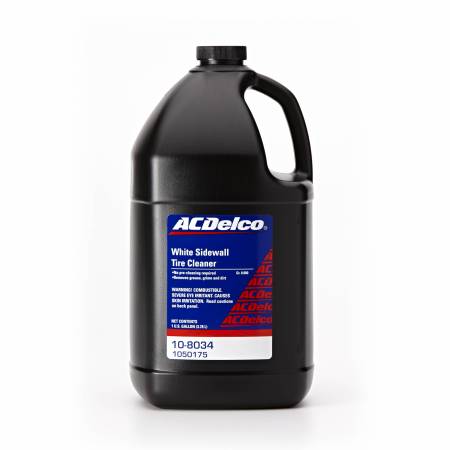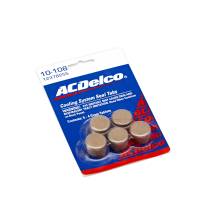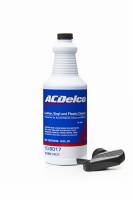Maintenance & Troubleshooting
Signs of Wear & Troubleshooting
- Vehicle exteriors often only receive attention when they are visibly dirty, but it is best not to wait for a significant layer of grime to accumulate before washing your vehicle or vehicle part(s). Dead bugs, bird droppings, and chemicals from the atmosphere all leach acids that can strip away wax and eventually eat into your vehicle's paint or finish. If left too long, they can cause damage that may require extensive repair or replacement to correct.
- Keep an eye out for discoloration on your vehicle's wheels - this indicates brake dust buildup, which can corrode your wheels over time if left unchecked.
Good Maintenance Practices
- Special precautions: keep this product off glass surfaces - it will cause etching if left on for long periods-and avoid contact with eyes and skin.
- To apply, shake before using. Spray on dry tire, covering it completely. Allow cleaner to dissolve dirt for a few moments, then wipe off with wet sponge or wet cloth. Rinse with cold, clean water. If scuff marks or abrasions still remain, re-apply cleaner and rub gently with a stiff brush and rinse with clear water.
- Even if you are not able to immediately wash your vehicle or vehicle part(s), wipe off dead bugs, bird droppings, tree sap, and other visible contaminants as quickly as possible to minimize damage to the finish.
- It is especially important to keep your vehicle exterior clean in the winter. Abrasive road salts can cause significant rust and corrosion if not cleaned off regularly.
- When washing or cleaning your vehicle or vehicle part(s), do so in a shaded area. If the vehicle or part is hot, soap and other products will dry too quickly, staining the surface and requiring another wash.
- Pre-soak your vehicle or vehicle part(s) to remove heavy contaminants.
- Always rinse your vehicle or vehicle part(s) thoroughly.
- Use a different mitt/sponge/cloth/etc. to clean each part of the vehicle (exterior body, wheels, rims, etc.).



Write the First Review!